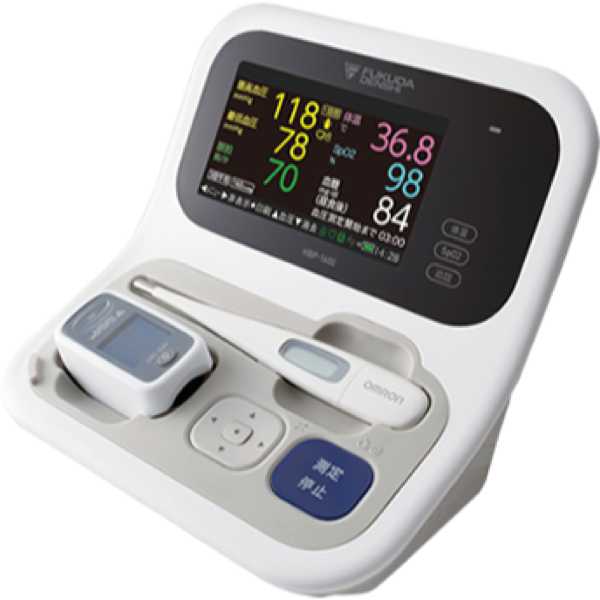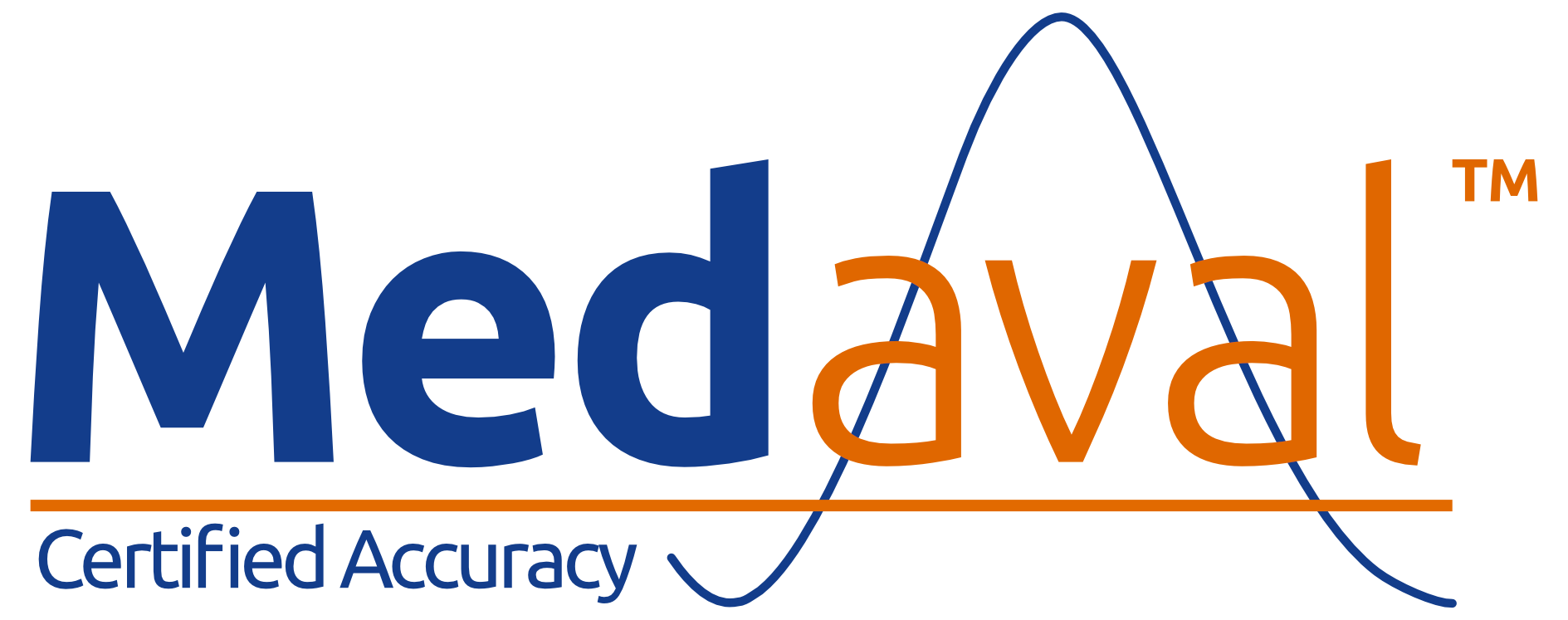
OBL: Fukuda Denshi Co. Ltd., 2-23-5 Kita Ueno, Taito-Ku, Tokyo 110-0014, JAPAN.
OEM: Omron Corporation, Kyoto Head Office, Shiokoji Horikawa, Shimogyo ku, Kyoto 600-8530, JAPAN.
| Accuracy Assessment | Recommendation | Basis | |
| BP | Medaval | None | Although equivalence to another device is claimed, this has not been tested to MDR requirements. |
| BP | Japanese Society of Hypertension | Professional use (2019-2024) | Implied equivalence to the Omron HBP-1300 (HBP-1300-E) |
Legend: D DET Equivalence, J JHS Implied Equivalence
Note: This is a provisional list, as equivalence according to EU Regulation 2017/745 (e.g. MEDDEV 2.7/1 rev 4) is not proven. Accordingly, these publications are not used in the assessment of star-ratings.
Omron HBP-1100 (HBP-1100-E)
Joukar F, Yeganeh S, Naghipour M, Hassanipour S, Nikbakht HA, Mansour-Ghanaei F. Validation of Omron HBP-1100-E Professional Blood Pressure Measuring Device According to the American Association for the Advancement of Medical Instrumentation Protocol: The PERSIAN Guilan Cohort Study (PGCS). Med Devices (Auckl). 2020 Sep 3;13:231-236. doi: 10.2147/MDER.S253638. PMID: 32943949. Available from: PMC7478364.
Ad Hoc protocol General population (Note: The results indicate a failure but, without a formal protocol and with violations, to the ISO protocols, they cannot be applied fairly.)
Validation under the "Universal Protocol" is claimed, though only the consensus document and not the subsequent protocol is referenced. Only Criterion 1 results are provided.
Omron HBP-1300 (HBP-1300-E)
Cao X, Song C, Guo L, Yang J, Deng S, Xu Y, Chen X, Sapa WB, Wang K. Quality Control and Validation of Oscillometric Blood Pressure Measurements Taken During an Epidemiological Investigation. Medicine (Baltimore). 2015 Sep;94(37):e1475. doi: 10.1097/MD.0000000000001475. PMID: 26376388.
Ad Hoc protocol General population (Note: Modified protocols)
Meng L, Zhao D, Pan Y, Ding W, Wei Q, Li H, Gao P. Validation of Omron HBP-1300 professional blood pressure monitor based on auscultation in children and adults. BMC Cardiovasc Disord. 2016 Jan 13;16(9):5. Epub: 2016 Jan 13. doi: 10.1186/s12872-015-0177-z. PMID: 26758197. Available from: bmccardiovascdisord.biomedcentral.com.
81060-2:2013 - Pass Adults and children
Abbud L, Nzelu D, Salaria M, Kay P, Kametas NA. Validation of the Omron HBP-1300 in pregnancy for medium-arm and large-arm circumferences according to the British Hypertension Society protocol. Blood Press Monit. 2018 Oct;23(5):277-80. Epub: 2018 Jul 9. doi: 10.1097/MBP.0000000000000341. PMID: 29994925.
BHS:1993 Pregnancy, arm circumference 24 cm to 32 cm (n=36) (Note: Confusingly, the results would suggest that the device should have an A/A grade but this is not stated in the paper and no reason is provided for the omission.)
BHS:1993 Pregnancy, arm circumference 33 cm to 43 cm (n=36) (Note: Confusingly, the device appears to pass with an A/A grade but this is not stated in the paper and no reason is provided for the omission.)
Even though the study is stated to have been carried out according to the BHS protocol, the BHS grades are omitted. Means and standard deviations are provided and the device is recommended but there is no reference as to the basis for this recommendation. These are serious anomalies that should have been resolved during the review process. Without this resolution, the hypothesis that the results are invalid cannot be rejected.
